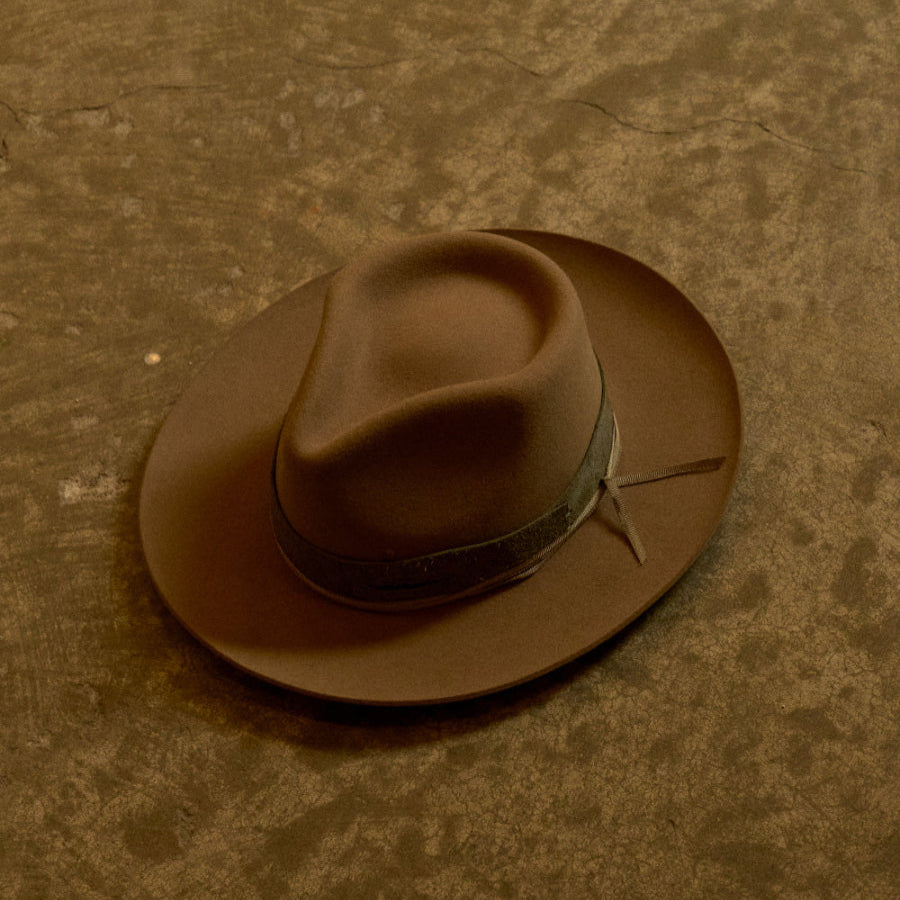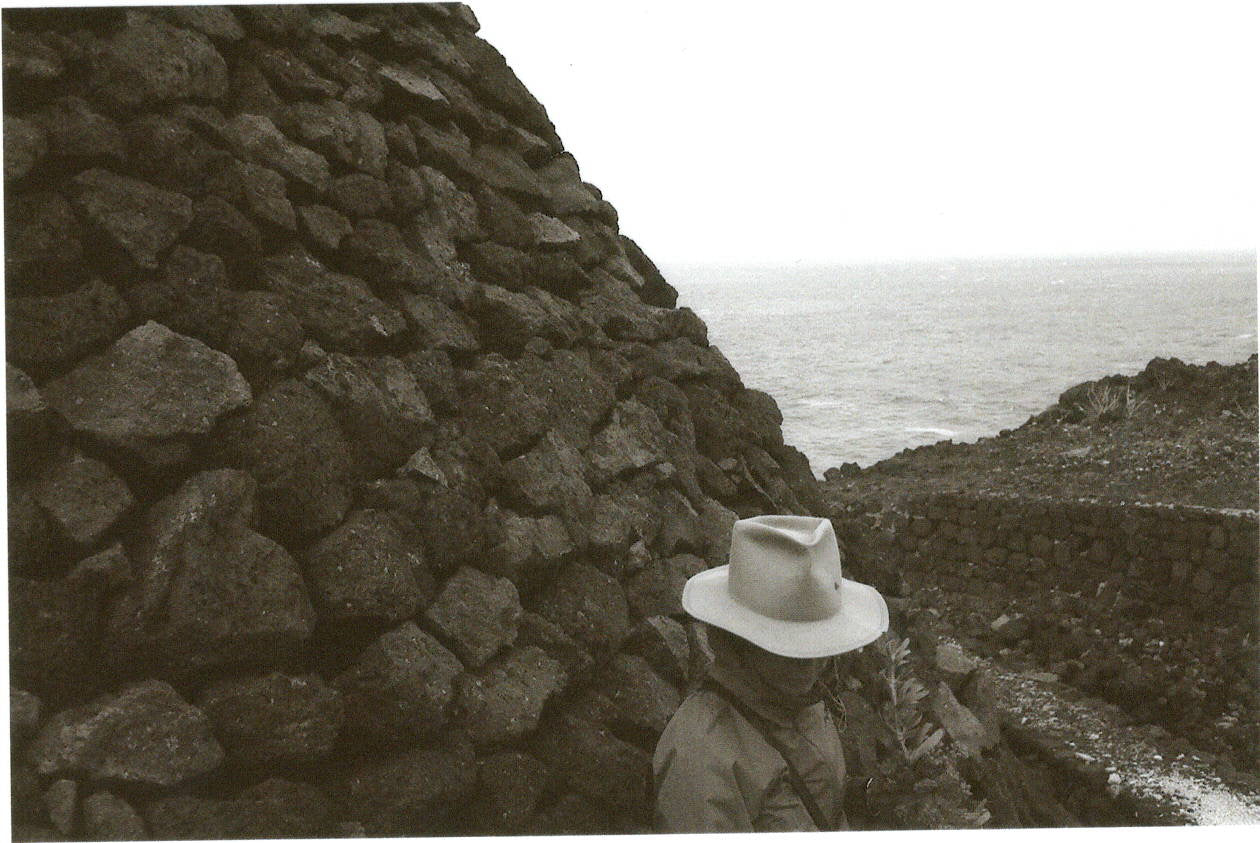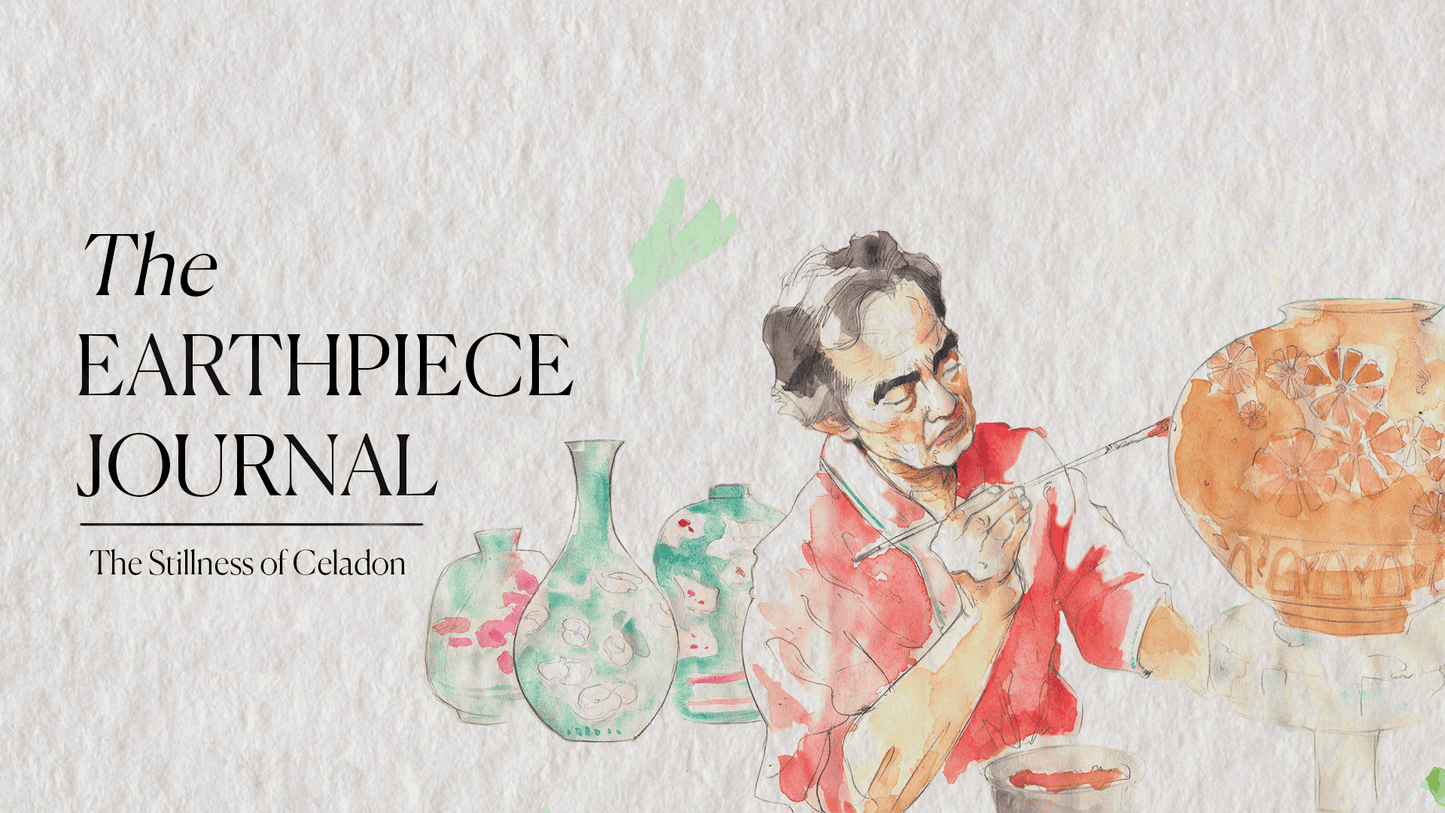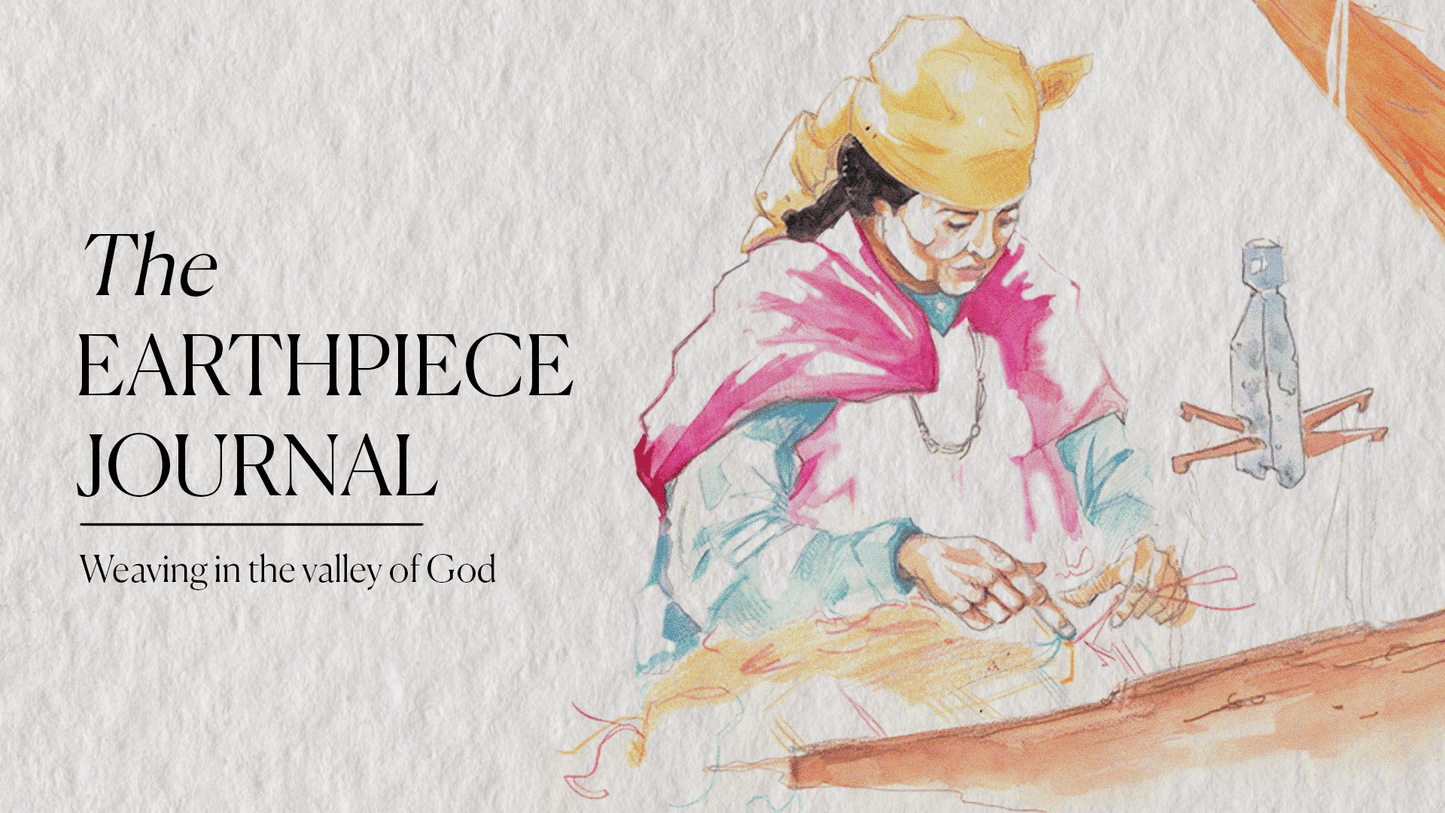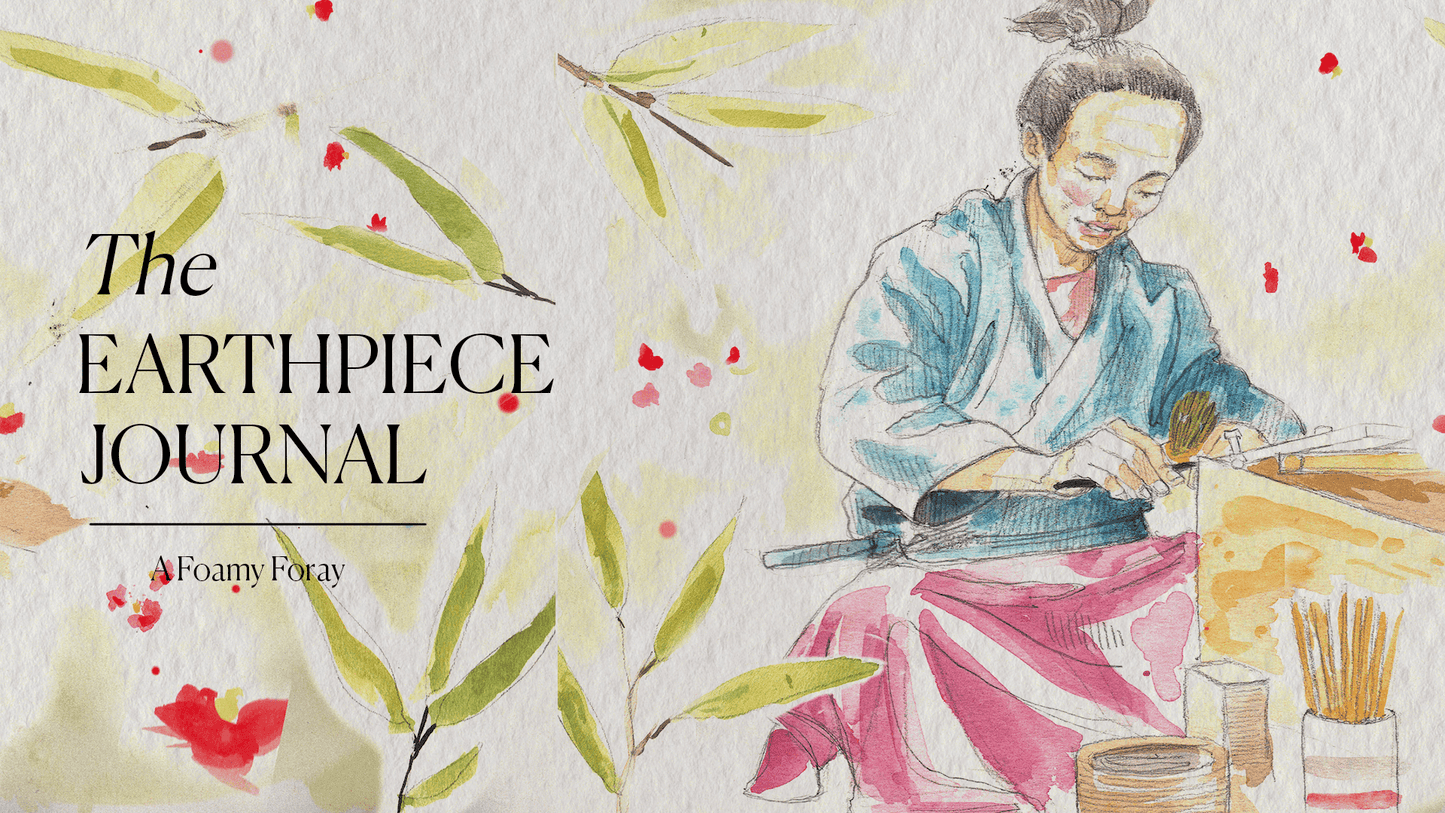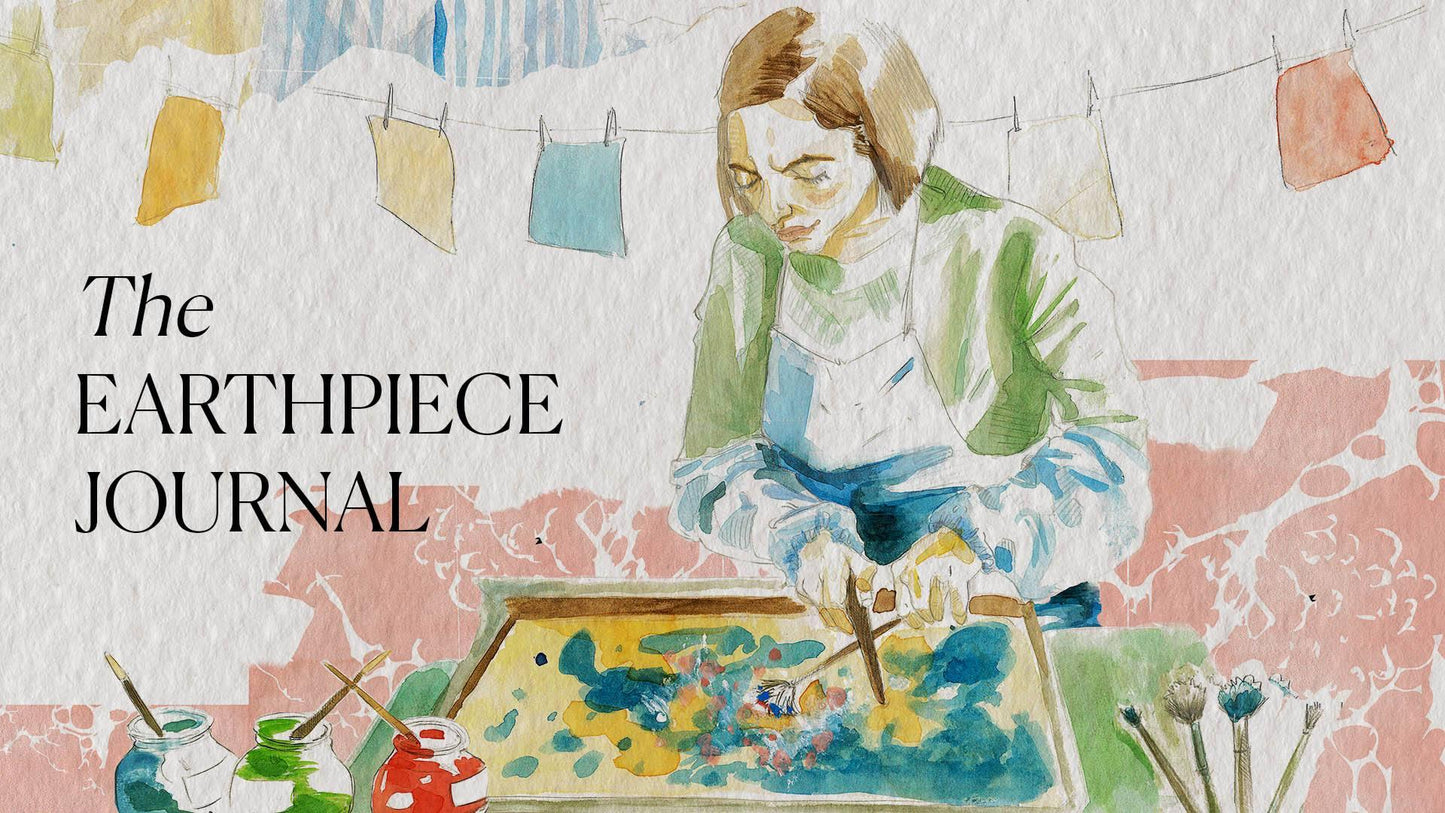A selection of handmade hats with special deals to discover.
Can a colour be still? The kind of peaceful stillness you feel when you watch clouds pass by. This feeling;...
The Earthpiece Journal goes to India, where in a small town at the base of the Himalayas the importance of...
The Earthpiece Journal looks at chasen from Japan, the ornate yet robust companion to your matcha-drinking endeavours. The way...
For the first instalment of the Earthpiece Journal, we’re perusing the birthplace of SUPERDUPER with an ode to Florentine marble paper. ...
